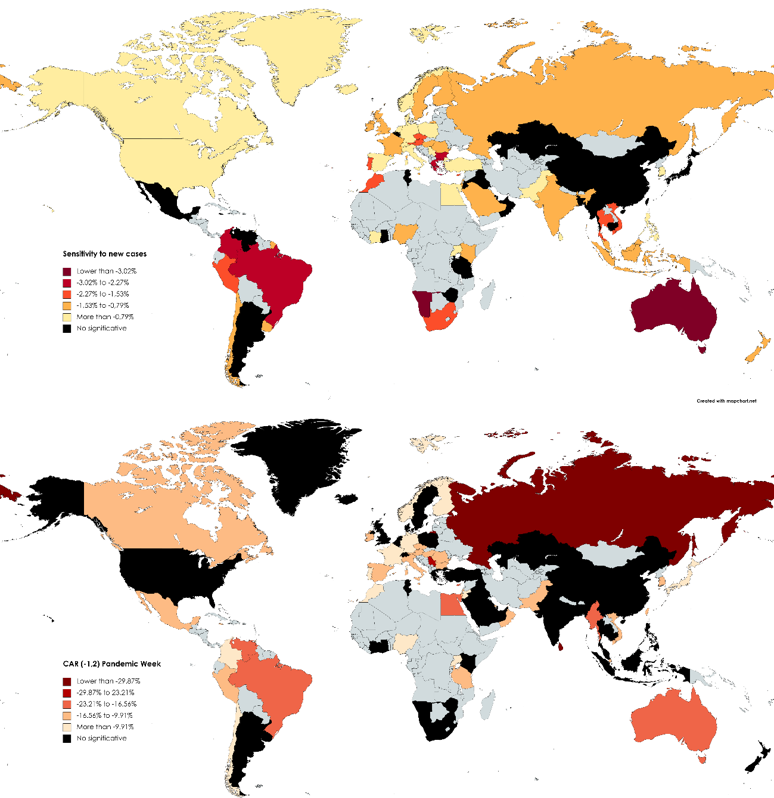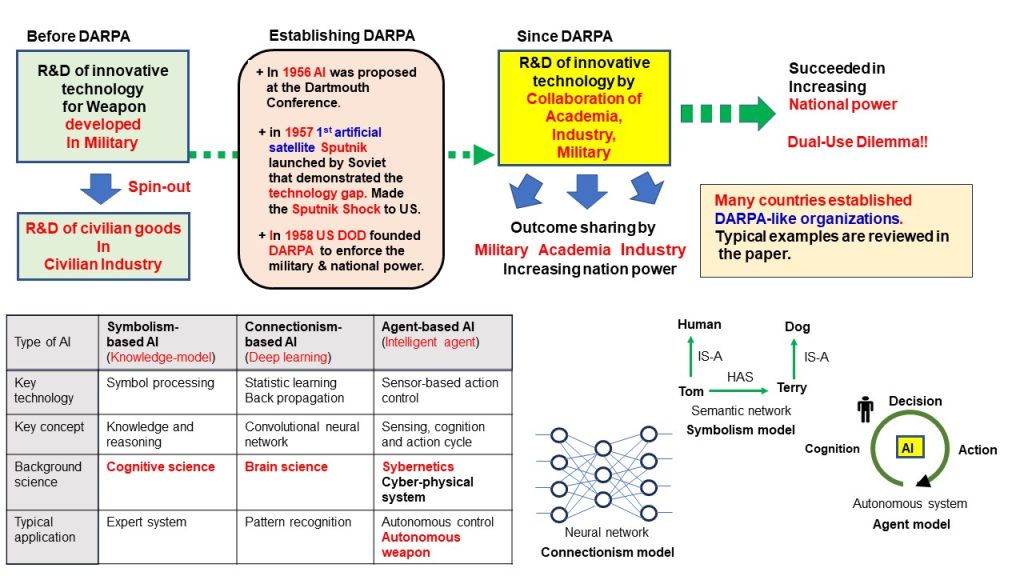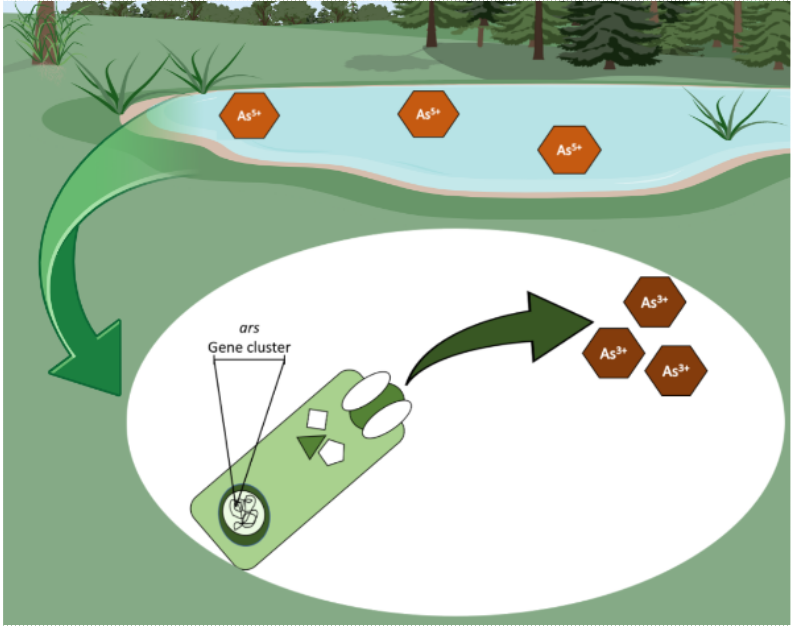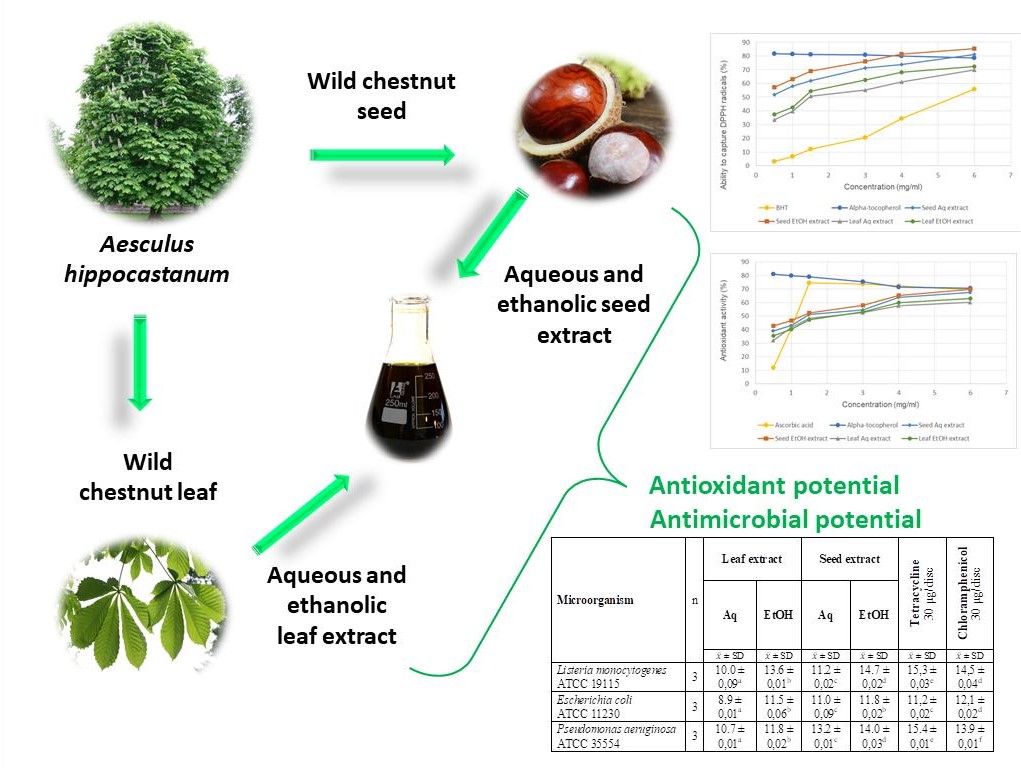Tag: Community content
Transdisciplinary philosophy: An interview with Professor Nayef Al-Rodhan

What is Transdisciplinary Philosophy? And what is the paradigm’s intellectual and practical significance for individuals, societal frameworks and the global system? At its most basic level, Transdisciplinary Philosophy is a call for a broader, more inclusive approach to thinking and acting in the world. It is an intellectual approach for addressing complex global challenges by transcending the boundaries of traditional […]
Read More… from Transdisciplinary philosophy: An interview with Professor Nayef Al-Rodhan
Understanding global financial markets during COVID-19

Introduction and literature review The world of stock markets is no stranger to surprises, and recent years have seen a flurry of research into how these unexpected events shake things up. Uncertainty plays a big role here, affecting future dividends (usually for the worse) and expected rates of returns (often for the better) until the uncertainty is resolved (Brown et […]
Read More… from Understanding global financial markets during COVID-19
Breaking the cliché with South American spiders

Atypical allocosinae? Atypical patterns of dimorphism and sexual behaviour have been reported in a great variety of animals and have also been correlated to the species’ preferred environment. A. senex and A. marindia (both types of wolf spider) inhabit sandy beaches that suffer high temperature variations, strong winds, and strong habitat reduction and fragmentation. Our aim was to determine the […]
Read More… from Breaking the cliché with South American spiders
An early feminist from Bengal: Recalling Sarat Chandra Chattopadhyay

Life and career Chattopadhyay’s formative years transpired predominantly at his uncle’s residence in Bhagalpur, Bihar, owing to the economic crisis stemming from his father’s unstable employment. Chattopadhyay’s literary proclivities were perceived as an inheritance from his father, who authored numerous stories. Reflecting on his lineage, Chattopadhyay acknowledged inheriting a restless spirit and a profound literary inclination from his father. The […]
Read More… from An early feminist from Bengal: Recalling Sarat Chandra Chattopadhyay
Artificial Intelligence as Dual-Use Technology

DUT, AI, and DARPA Dual-use technology (DUT) is a technology that has the potential to be used for both peaceful and military purposes, and as such can be a crucial asset for a nation. One of the key DUTs is artificial intelligence (AI), as this can improve the intelligence of any machine or system to a far higher level. Research […]
Read More… from Artificial Intelligence as Dual-Use Technology
The idea of ‘no-self’: A comparative study of Buddhism and Sartrean existentialism

The Buddhist idea of ‘no-self’ Buddhism, originating over two millennia ago in India, delves into the concept of “no-self” (anatman) with the purpose of liberating individuals from worldly suffering. Buddhists maintain that there exists no enduring self, advocating instead for the self’s impermanence as a consequence of the intricate interdependence between all phenomena, known as dhárma, which arise from the […]
Read More… from The idea of ‘no-self’: A comparative study of Buddhism and Sartrean existentialism
Mapping ars gene clusters in arsenic-resistant bacteria

An operon by any other name Almost any operon (a unit of DNA that contains a number of genes controlled by a single messenger molecule) that acts against arsenic tends to have three major genes – arsR, arsB, and arsC. These code for a transcriptional regulator, a transmembrane efflux pump, and an arsenate reductase, respectively. The first protein, ArsR, oversees […]
Read More… from Mapping ars gene clusters in arsenic-resistant bacteria
Rehabilitation, health, and return to work
Ever since Aristotle’s time, the main determinants of health and sickness have been considered to be socioeconomic factors such as lifestyle, healthy behaviours, and a person’s social and physical environment, rather than biological status, or access to healthcare. A public health researcher perspective suggests that this is also true today1,2. Evidence supports the biopsychosocial model (BSP) as an interactive and […]
Ohrid diamond – the dark horse of chestnuts?

Looking at the Ohrid diamond The need to study biologically active compounds in plants, such as phenolic compounds, flavonoids, carbohydrates, is growing in importance in scientific research. These active compounds can have a medical effect on consumer’s health. Despite the chemical composition of wild chestnut being well-known, there is still insufficient data on the antioxidant and antimicrobial activity shown by […]
Read More… from Ohrid diamond – the dark horse of chestnuts?
Psychomotor Intervention Program for preschool children: A review
Children need movement When children – especially preschool children – aren’t active every day, there can be negative consequences for their health and development. As preschool years are important for developing health-based activities, interventional programmes are particularly effective in helping develop or prevent children’s weaknesses at this age. Preschool children need daily movement and practice in learning to coordinate the […]
Read More… from Psychomotor Intervention Program for preschool children: A review